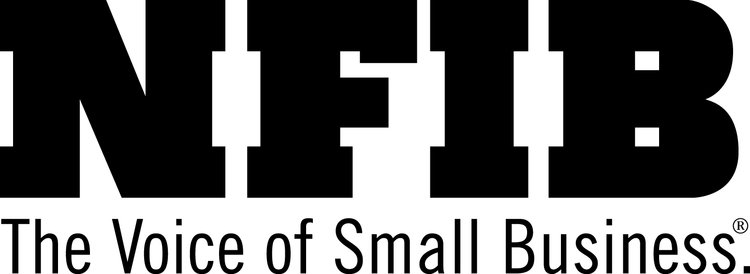September 26, 2017
Top Small Business Money Challenges: Cash Flow Management (NFIB.com) »

Date: September 25, 2017 Written By: Katie Truesdell
It’s not easy being a small business owner. There are numerous stressors that may keep you up at night, but none more pressing than financial struggles. One of the most common is cash flow management.
In NFIB’s 2016 Small Business Problems and Priorities report, cash flow ranked as the 25th biggest problem. Another survey, conducted by Womply, found that cash flow management was the 10th biggest worry for small business owners.
Here’s a look at three major contributors to cash flow troubles and what you can do about them.
Cash Flow Struggle #1: Variable Revenue Patterns
If your business is seasonal, your bottom line can feel low during your slow period.
“We manage this cash flow issue by projecting our fixed expenses that we have to pay all year round, as well as forecasting our likely variable expenses,” says Jeff Naeem, owner of Junk-A-Haulics. “Once we figure out the potential shortfall in our slower seasons, we then dedicate an account that we focus on filling with the target amount of money that we might need. We keep it separate from our operating account so that we don’t spend carelessly, thinking we have more money than we do. For our busy season, we ramp up staffing, but we focus on hiring part-timers so that when the slower season inevitably comes, we don’t have to let people go; we can simply reduce their hours.”
Cash Flow Struggle #2: Lack of Accounts Receivable Systems
“We have worked with hundreds of small businesses, and the money challenge we see most frequently is cash flow problems related to lack of accounts receivable systems,” says Courtney Barbee, second-generation owner of The Bookkeeper. “So many businesses are so eager to obtain new clients and additional work, they do not put the proper structures in place to actually get paid for the work they are doing, or they ignore red flags that a client will be slow or resistant to pay.”
Barbee encourages all businesses to develop and write down rules for accounts receivable, which could include obtaining a deposit, keeping payment info on file before purchasing equipment for a client, or specifying a 30-day pay window in the client’s contract. Your policy should also define how to address clients who fail to pay, such as obtaining prepayment before any future project.
Cash Flow Struggle #3: Difficulty Projecting Expenses
“One of the biggest struggles that small business owners face is learning how to project expenses—what is important, what is not, what the immediate needs of the company are, and so on,” says Catherine A. Wood, founder of Unbounded Potential.
A basic accounting system can assist in this process by allowing you to pull reports based on your past income and expense data. Once all your records are in order and you’ve taken a look at your financial status for the past few months or years, Intuit QuickBooks recommends generating cash flow and sales projection reports. These will show you whether you’ll have enough money to cover operating expenses based on anticipated revenue.